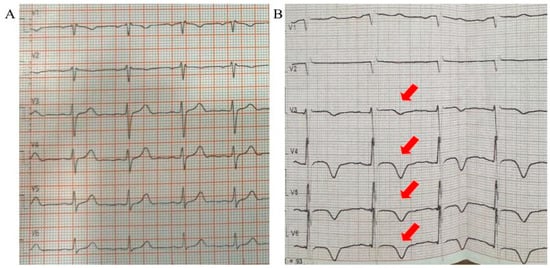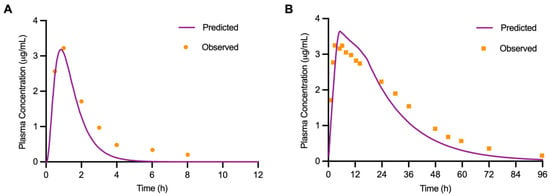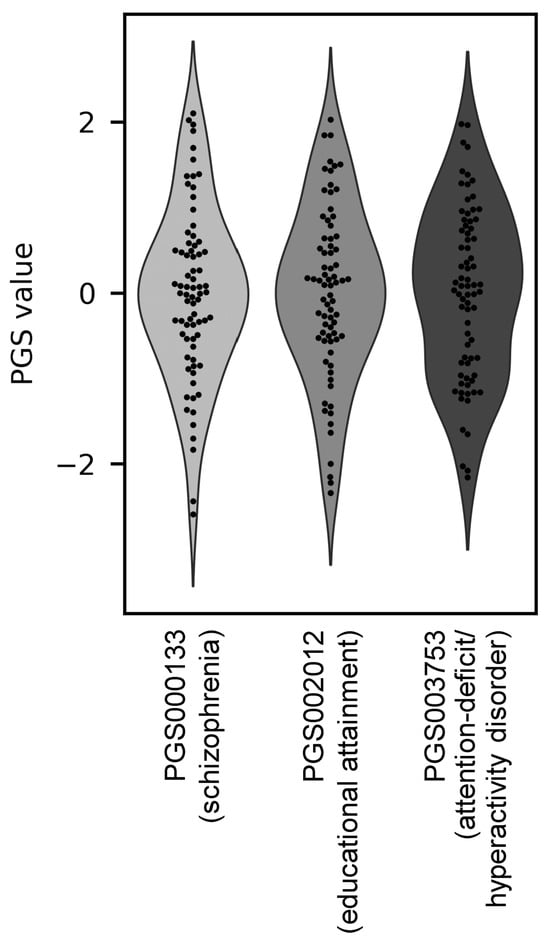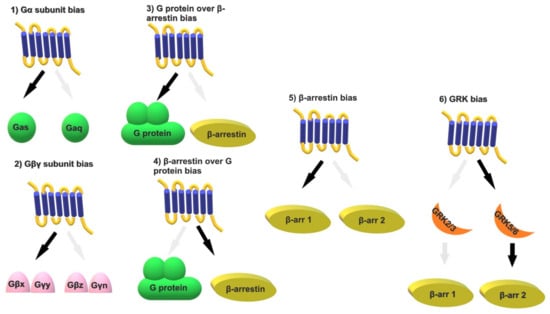- Case Report
Takotsubo Syndrome After Surgical Treatment of Liver Abscess: A Case Report and Literature Review
- Aigerim Tanyrbergenova,
- Zhandos Burkitbayev and
- Asel Zhumabekova
- + 4 authors
Background: Takotsubo cardiomyopathy (TTC), also known as stress-induced cardiomyopathy, is an acute but reversible form of left ventricular dysfunction, most commonly triggered by physical or emotional stress. Although well documented in cardiology practice, its occurrence following hepatobiliary surgery is rarely reported. Case presentation: We describe the case of a 67-year-old woman with a history of arterial hypertension and prior cholecystectomy who was admitted for elective hepatobiliary surgery due to choledocholithiasis complicated by a liver abscess. She underwent laparotomy with choledocholithotomy, hepaticojejunostomy, and abdominal drainage. The postoperative course was complicated by intra-abdominal bleeding, requiring reoperation, and subsequent intestinal leakage, necessitating a second re-laparotomy. On the tenth postoperative day after the second surgery, she developed chest discomfort and dyspnea upon minimal exertion. Electrocardiography revealed T-wave inversions in leads V3–V6, while echocardiography demonstrated a reduced ejection fraction of 45% with apical akinesis. Plasma levels of N-terminal pro-B-type natriuretic peptide (NT–proBNP) were elevated, whereas troponin remained within normal limits. Coronary angiography excluded obstructive coronary artery disease, and ventriculography confirmed apical ballooning consistent with Takotsubo cardiomyopathy. Conclusions: This case highlights Takotsubo cardiomyopathy as a rare but important postoperative complication of major hepatobiliary surgery. Awareness of this condition in surgical patients presenting with acute chest symptoms is essential, as timely recognition and differentiation from acute coronary syndrome directly influence management and prognosis.
19 December 2025





